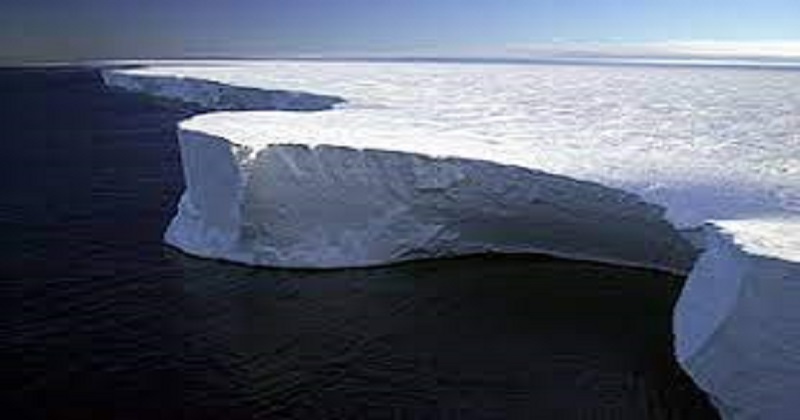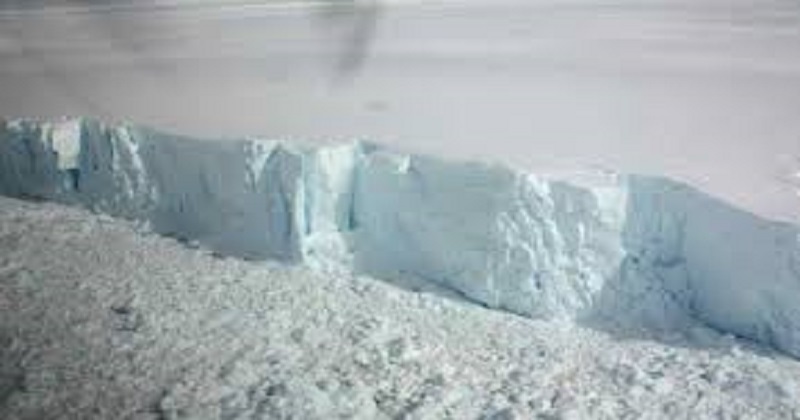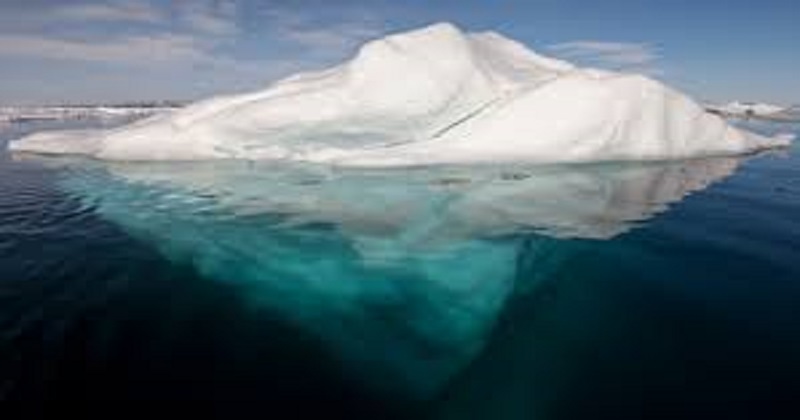
The world’s largest iceberg broke off from the western side of the Ronne Ice Shelf in Antarctica. The Iceberg named A-76 is now floating in the Weddell Sea.

The Iceberg A-76 is 170km long and 25 km wide has an area of 4,320 square kilometers. The British Antarctic Survey first spotted the new iceberg. The observation of the British Antarctic Survey was confirmed by the European Union’s Copernicus Sentinel, a two-satellite constellation that orbits Earth’s poles.
Laura Gerrish, a researcher at the British Antarctic Survey tweeted:
Another big iceberg calving event in #Antarctica! #A76 has calved from the Ronne Ice Shelf and is currently the biggest iceberg in the world, taking the record from neighbouring A23a. Quick image from @sentinel_hub showing #Sentinel1 imagery from today (14th). pic.twitter.com/tdbh9FGqc7
— Laura Gerrish (@laura_gerrish) May 14, 2021
The U.S. National Ice Center’s Tweet read
Iceberg A-76 calves from the western side of the Ronne Ice Shelf in the Weddell Sea and is currently the largest iceberg in the world. pic.twitter.com/Z0JrF85yKV
— U.S. National Ice Center (@usnatice) May 14, 2021
Icebergs are formed when huge chunks of freshwater ice break off from ice shelves or glaciers and float free in the water. This is a natural process and is called ‘calving.’ As elsewhere, climate change is causing changes across the Antarctic region also. It has accelerated the ‘calving’ process. This is the reason why there were more frequent calvings reported over the last few years.

The US National Ice Center (USNIC) names the iceberg it monitors. The icebergs have to be larger than 1900m along at least one axis in order to be monitored. The US National Ice Center (USNIC ), a multi-agency operational centre operated by the United States Navy, the National Oceanic and Atmospheric Administration, and the United States Coast Guard monitors all Antarctic icebergs worldwide.
Antarctica is divided into four quadrants: A – Bellingshausen/Weddell Sea, B – Amundsen/Eastern Ross Sea, C – Western Ross Sea/Wilkesland, and D – Amery/Eastern Weddell Sea.
Iceberg names are derived from the Antarctic quadrant in which they were originally observed and are assigned a number in the order in which they are discovered. Since the new iceberg was discovered in Bellingshausen/Weddell Sea region, it is named A-76. If an iceberg splits into larger pieces, it would also be assigned numbers. For example: if the iceberg D-1 split into two parts, they would be named D-1A and D-1B.

According to USNIC, for an ice block to be classified as an iceberg, it must be at least five metres above sea level, be between 30-50 metres thick, and must cover an area of at least 500 square meters. Smaller pieces of ice are called ‘growlers’ or ‘bergy bits.’


Post Your Comments